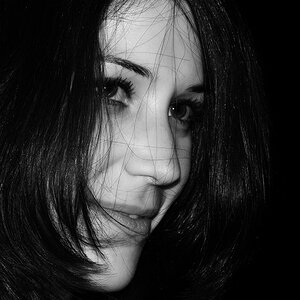explore.thru.lens
TPF Noob!
- Joined
- Aug 5, 2016
- Messages
- 6
- Reaction score
- 0
- Can others edit my Photos
- Photos OK to edit
Dear community members,
I read somewhere that using a full frame lens on a crop body compromises the image quality. I am using a Canon 35mm f2 on a crop body (Canon EOS 450d). I researched a little more on the internet and found out that if I use Canon 35mm f2 on a full frame body like Canon 6d, the sharpness is 18 megapixel, but on my EOS 450d, the sharpness is 9 megapixel (source: www.dxomark.com). Its not that I dont trust these numbers, but would like to get your opinions on this.
Thanks.
I read somewhere that using a full frame lens on a crop body compromises the image quality. I am using a Canon 35mm f2 on a crop body (Canon EOS 450d). I researched a little more on the internet and found out that if I use Canon 35mm f2 on a full frame body like Canon 6d, the sharpness is 18 megapixel, but on my EOS 450d, the sharpness is 9 megapixel (source: www.dxomark.com). Its not that I dont trust these numbers, but would like to get your opinions on this.
Thanks.



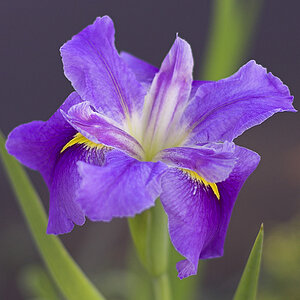
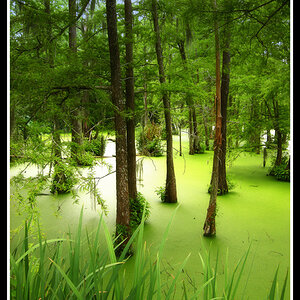

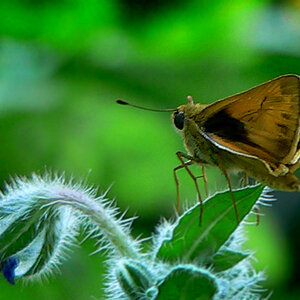
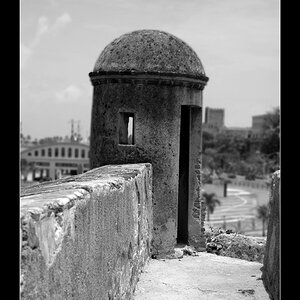
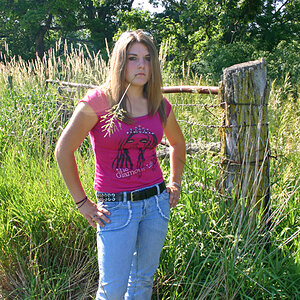
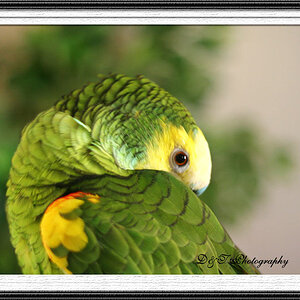
![[No title]](/data/xfmg/thumbnail/33/33030-2d80455c47ebf5f145e0bd5064267aea.jpg?1619735844)


